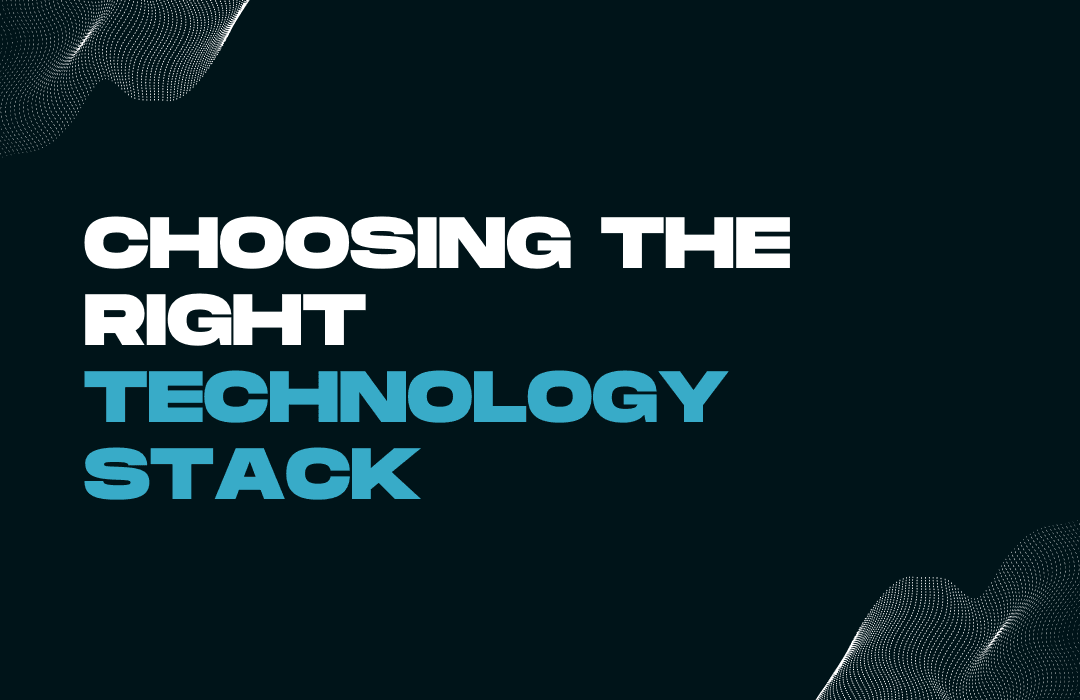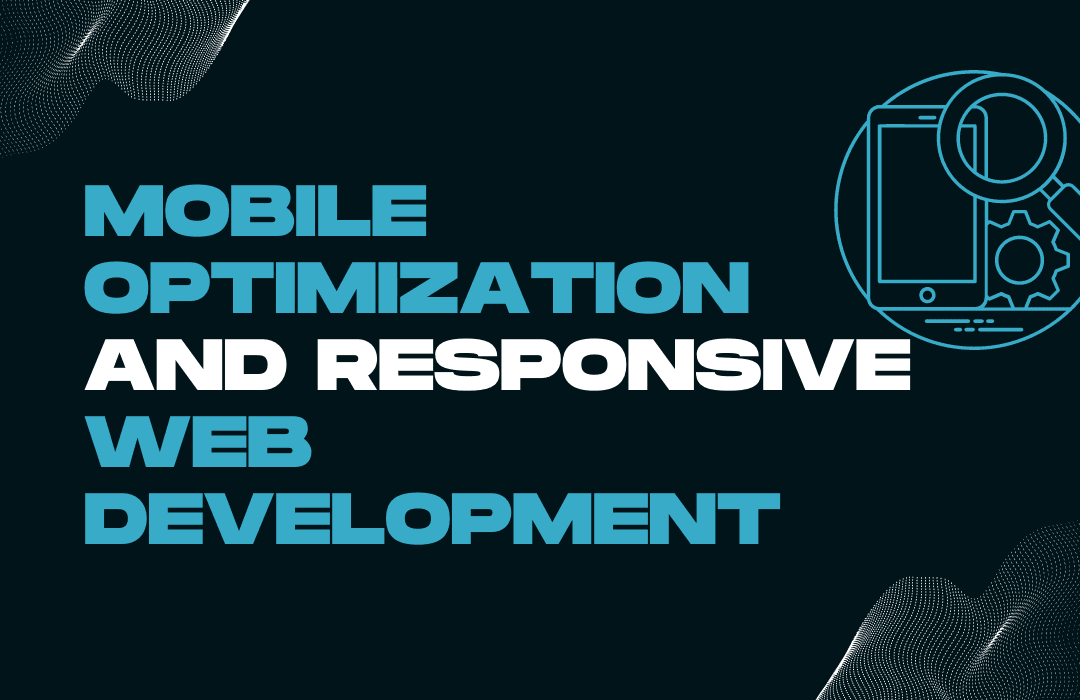We will delve into the world of web application development, exploring its importance, process, and key considerations for building successful applications. In today's digital era, web applications have become an integral part of our lives. From e-commerce platforms to social media networks and productivity tools, web applications enable us to perform a wide range of tasks conveniently and efficiently.
The Significance of Web Application Development
Web application development plays a crucial role in meeting the growing demand for online services and interactions. It enables businesses to establish a strong online presence, enhance customer experience, streamline operations, and drive growth. Web applications provide a platform for businesses to offer their products or services to a global audience, transcending geographical barriers.
Understanding the Basics of Web Application Development
Web application development involves the creation of dynamic websites that interact with users, store and retrieve data, and perform various functions based on user inputs. It encompasses multiple stages, including planning, design, development, testing, deployment, and maintenance. Developers use programming languages, frameworks, and databases to build robust and scalable web applications.
Choosing the Right Technology Stack

Selecting the appropriate technology stack is essential for the success of any web application development project. Factors such as the nature of the application, scalability requirements, development timeframes, and budget influence the choice of programming languages, frameworks, and databases. Popular technology stacks include MEAN (MongoDB, Express.js, AngularJS, Node.js), LAMP (Linux, Apache, MySQL, PHP), and Ruby on Rails.
Planning and Designing the Web Application
Proper planning and design lay the foundation for a successful web application. This phase involves defining the application's purpose, target audience, features, and user flows. Wireframing and prototyping tools assist in visualizing the application's structure and user interface. It is important to create a seamless and intuitive user experience that aligns with the objectives of the application.
Implementing Front-End Development
Front-end development focuses on building the user interface and ensuring its responsiveness across different devices and screen sizes. HTML, CSS, and JavaScript are commonly used for front-end development. Frameworks like React, Angular, and Vue.js facilitate the development of interactive and dynamic user interfaces. Attention to detail, accessibility, and performance optimization are crucial in this phase.
Backend Development and Database Integration
Backend development involves building the server-side components that power the web application. It includes writing server-side code, integrating databases, and handling data processing. Programming languages such as Python, Java, and PHP are commonly used for backend development. Databases like MySQL, PostgreSQL, and MongoDB enable efficient data storage and retrieval.
Testing and Quality Assurance
Thorough testing is vital to ensure the functionality, usability, and security of a web application. Various testing techniques, such as unit testing, integration testing, and performance testing, are employed to identify and resolve any issues or bugs. Quality assurance processes focus on validating the application against predefined requirements, ensuring its reliability and user satisfaction.
Deployment and Continuous Integration
The deployment phase involves making the web application accessible to users. It requires configuring servers, domain setup, and security measures. Continuous integration and deployment practices enable frequent updates and enhancements to the application, ensuring its relevance and adaptability in a dynamic digital landscape.
Ensuring Security and Scalability
Web application security is of utmost importance to protect user data, prevent unauthorized access, and safeguard against potential threats. Implementing robust security measures, such as encryption, secure authentication, and regular vulnerability assessments, is essential. Scalability considerations ensure that the application can handle increasing user traffic and accommodate future growth.
User Experience and Interface Design
Creating an exceptional user experience is vital for the success of any web application. User-centric design principles, intuitive navigation, and visually appealing interfaces contribute to an engaging user experience. Usability testing and gathering user feedback help in optimizing the application's interface and improving user satisfaction.
Mobile Optimization and Responsive Web Development

With the widespread use of mobile devices, it is crucial to optimize web applications for mobile platforms. Responsive web development ensures that the application adapts seamlessly to different screen sizes and resolutions. Mobile-specific features, such as touch interactions and offline capabilities, enhance the user experience on mobile devices.
Performance Optimization Techniques
Optimizing the performance of web applications improves user satisfaction and encourages longer engagement. Techniques like code optimization, caching, content delivery networks (CDNs), and image compression enhance the application's speed and responsiveness. Continuous monitoring and performance analysis help identify bottlenecks and optimize the application's performance.
Maintenance, Updates, and Support
Regular maintenance, updates, and support are essential to keep web applications running smoothly and securely. Monitoring performance, addressing bugs, and implementing new features or enhancements ensure the application remains relevant and efficient. Timely customer support and troubleshooting assistance contribute to a positive user experience.
Future Trends in Web Application Development
The field of web application development is constantly evolving. Some emerging trends include the adoption of progressive web applications (PWAs), voice-enabled interfaces, artificial intelligence (AI), and augmented reality (AR) integrations. These advancements are shaping the future of web applications, enhancing interactivity, personalization, and overall user experience.
Conclusion
Web application development is a dynamic and essential process that enables businesses and individuals to harness the power of the Internet. By leveraging the right technologies, implementing solid development practices, and prioritizing user experience, web applications can transform the way we interact, work, and access information online.
Revolutionize your software testing with Robonito, the ultimate no-code RPA automation testing tool. Say goodbye to endless testing hours – Robonito slashes testing time by a staggering 98%! Ready to experience the future of software testing? BOOK A FREE DEMO NOW and transform your testing process today!
FAQs
Q: How long does it take to develop a web application?
A: The development timeline for a web application can vary depending on its complexity, features, and development resources. On average, it may take several weeks to several months to complete a web application.
Q: What is the difference between a web application and a website?
A: While websites primarily provide information and content, web applications are interactive platforms that allow users to perform specific tasks or access personalized features.
Q: Can I update and modify my web application after it is deployed?
A: Yes, web applications can be updated and modified even after they are deployed. Continuous integration and deployment practices facilitate seamless updates and enhancements.
Q: How can I ensure the security of my web application?
A: Implementing security best practices, such as using secure authentication methods, encrypting sensitive data, and regularly updating security measures, helps ensure the security of your web application.
Q: What are some popular frameworks for web application development?
A: Some popular frameworks for web application development include Ruby on Rails, Django (Python), Laravel (PHP), and ASP.NET (C#).
